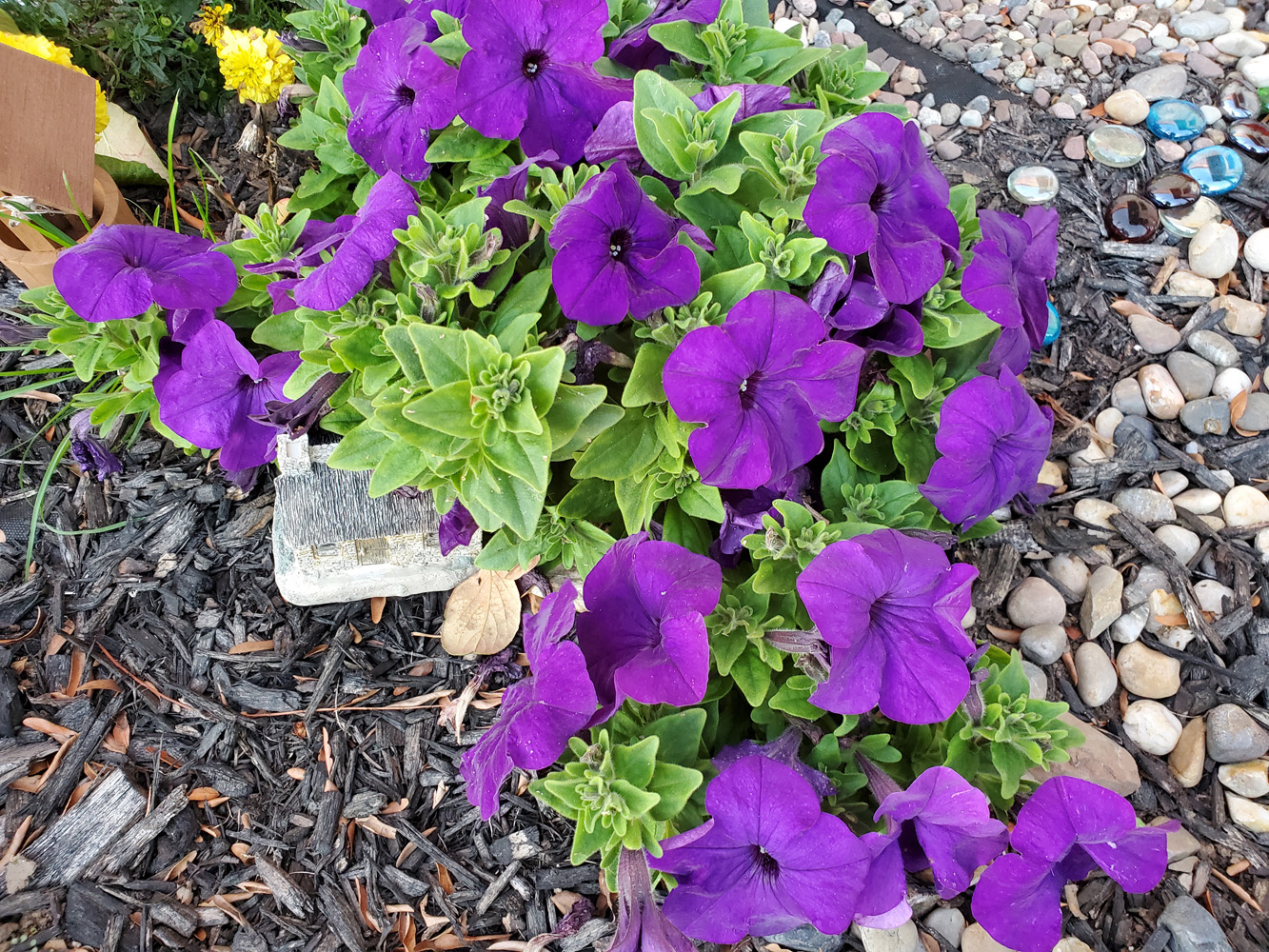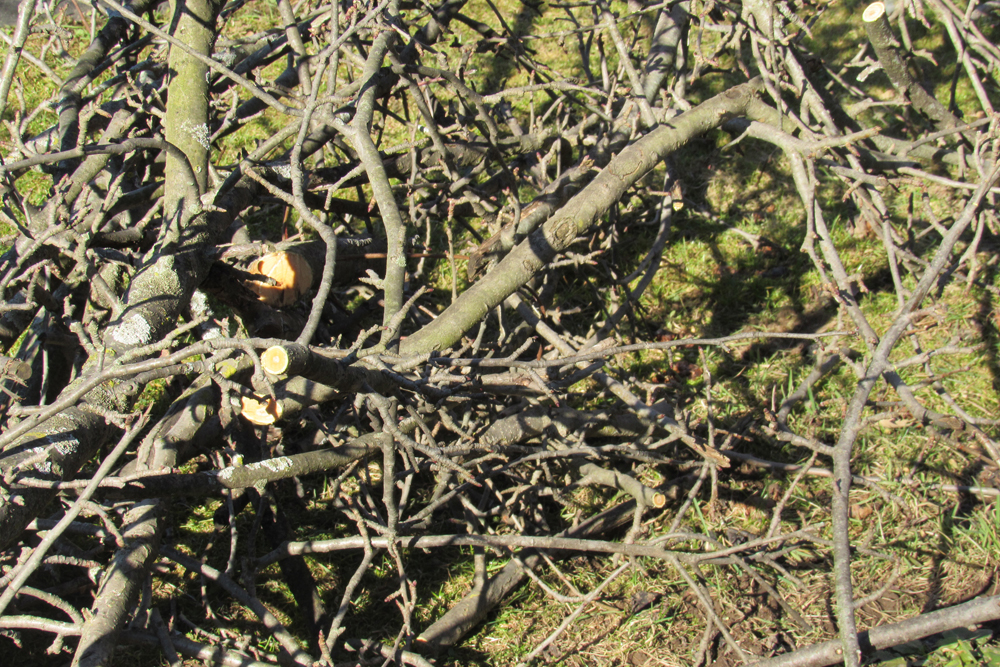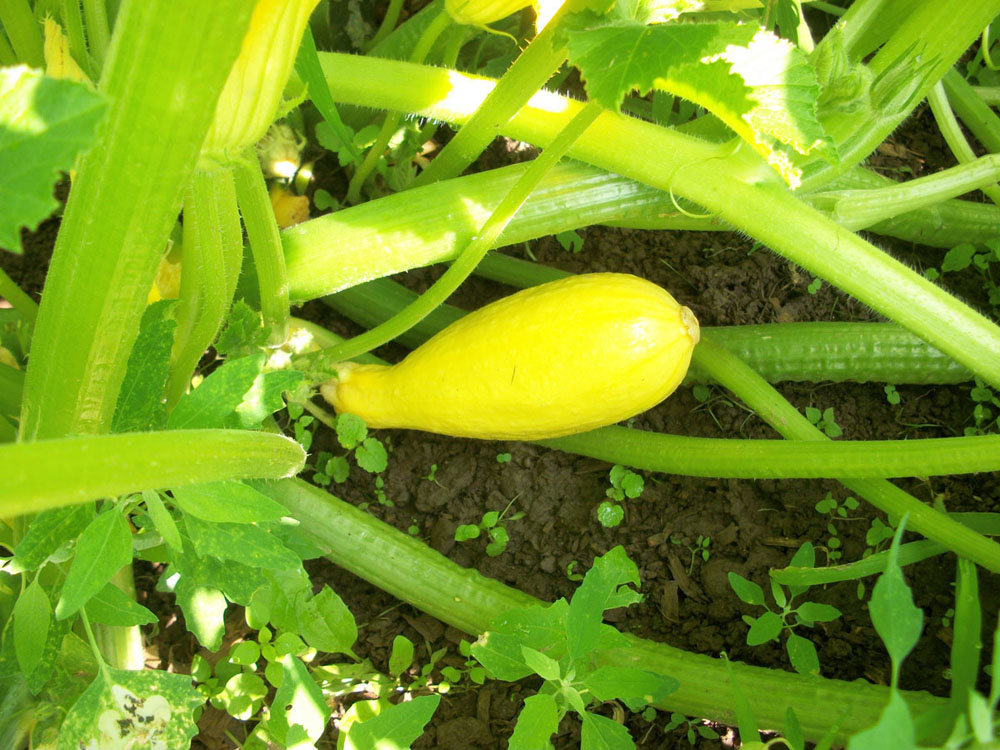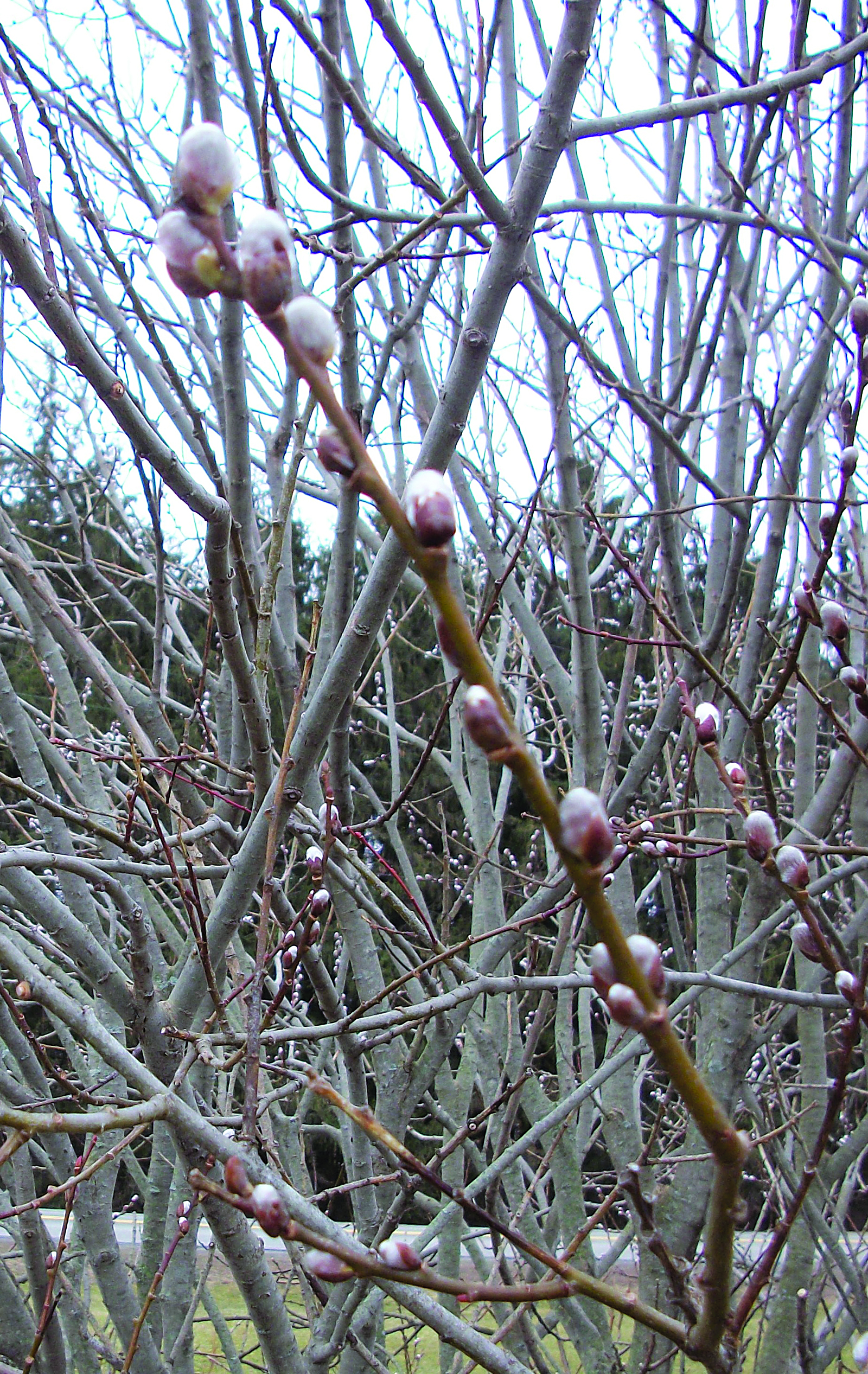The benefits of IPM in the garden
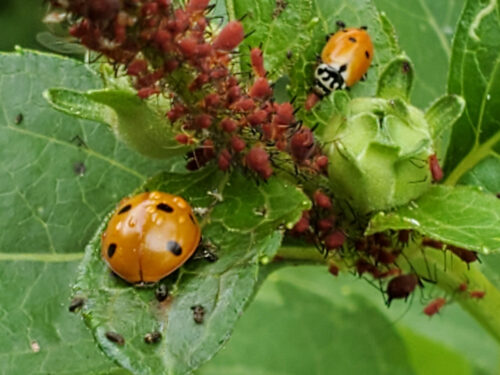
If you find yourself reaching for cans of insect killer or other pesticides as your first step in managing garden problems, you should think again. Integrated Pest Management – or IPM – is a straightforward, environmentally friendly way to manage pests and other problems in your landscape. According to Cornell University Cooperative Extension in Nassau County, IPM utilizes a mix of pest management tactics to protect your plants against insects, diseases and invading weeds.
Anything that is causing disease or damage in your garden and landscape is considered a pest. Those who practice IPM monitor the landscape and utilize cultural, biological, mechanical and chemical techniques to suppress pests. Good gardeners strive to maintain healthy plants and that is at the very core of IPM – a healthy plant is the best way to avoid pest problems.
According to CCE Nassau, cultural practices – such as creating healthy soil (the addition of organic matter is beneficial to most soils); knowing your soil pH (most plants prefer a range of 6.0-7.0 to help them make the best use of nutrients in the soil); proper watering practices (making sure your plants get 1 to 1.5 inches of water a week during the growing season); being careful not to over-fertilize; planting in well-drained soil; utilizing mulch to retain soil moisture, reduce temperature fluctuations, reduce weeds and add organic matter; and practicing good garden sanitation – all help at maintaining healthy plants.
There are several basic principles of IPM. The first is identification and diagnosis of the pest. Early, accurate identification is essential to a successful IPM program. Learn what pests are likely to show up in your garden and understand their biology as well as their interactions with other organisms and their environment. Know which insects are beneficial so that you can protect them and welcome them into your landscape. Regular monitoring is the next principle of IPM. Carefully watch your landscape and be on the lookout for pests so that you can make the best decisions about management. If there are no problems, you don’t have to do anything. Finally, accept that all pests don’t have to be controlled. “Action Threshold” is a term used to describe the level of a pest presence that requires control. Action thresholds can vary from pest to pest and season to season. Controls to prevent an increasing pest population are implemented when the injury level from the pest population justifies the cost of artificial control measures.
IPM pest management strategies include cultural, biological, mechanical, plant selection and chemical techniques and may involve a combination of these strategies.
Cultural controls help disrupt or reduce pest populations and include growing a healthy plant to ward off pest issues. Look for the best plant species and or cultivar for your landscape and consider cold hardiness, light and water requirements, soil conditions and exposure when choosing plants. Plant selection also includes the use of varieties that are disease and or insect resistant. Biological control uses natural enemies to control pests – these are the good insects and garden creatures that naturally help eliminate pests. Mechanical control involves the use of barriers or traps to exclude or catch pests. Floating row covers are an example.
Finally, chemical control includes the use of pesticides. CCE Nassau notes that IPM is not a pesticide free program. Home landscape IPM includes all of the cultural practices that should reduce the need for pesticides; however, pesticides can be used as a last resort when other techniques have failed or are not working well enough. If applied according to label directions and at the correct time and rate, pesticides can be an effective way to eliminate pests. Remember that proper identification is critical before any pesticide is applied.


